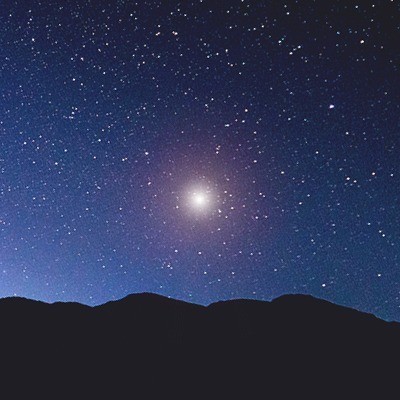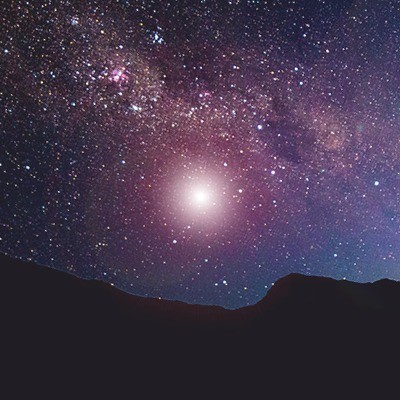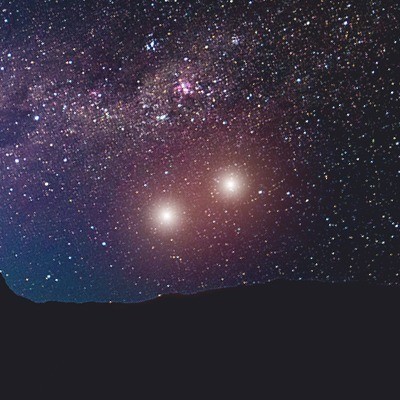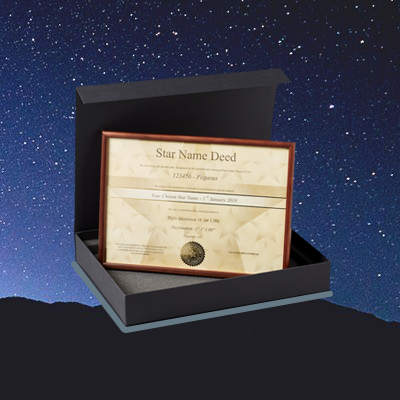
Here at Star-Name-Registry, we have 6 different name a star gift packages available, a package to suit everyone! A few of our frequently asked questions involve the difference between the 3 different stars that we have available, the Standard Star, Extra Bright Star and Twin Binary Star, so we thought we’d help explain the difference between them here!
The Standard Star
Let’s start off with the basics, what is a star?
In summary, a star is a huge lump of gas held together by its own gravity! Nuclear fusion reacts occurring in the centre of the star are what produces heat and photons. Stars are born when gigantic gas clouds collapse in on themselves. The cloud material heats up to around 18 million degrees Fahrenheit as it falls inward under the force of its own gravity. It’s at this temperature that Hydrogen Nuclei start to fuse into Helium Nuclei, and the star is born.
Our standard stars are the stars that you can see on a clear night sky, however, they do not shine as bright as our extra bright stars.
To name a Standard Star, click here!
The Extra Bright Star
You see those stars that are just that little bit brighter and glisten just that bit more than the rest of the stars that you can see? Those are our Extra Bright Stars! We register these stars as Extra Bright based on their magnitude, which is measured by the size of the star and its distance from the Earth. The brightest star in the sky from Earth is Sirius with an absolute magnitude of -1.46. It is 70 times more luminous than our sun and 8.6 light years from Earth.
I’m guessing now you want to name this star?
The Extra Bright stars in our database have an absolute magnitude of -10, so it's possible to spot some of them in the night sky, providing that you have a clear night with no light pollution. We also recommend always using a telescope to find your star (because there are so many stars out there, it can be difficult to differentiate which star is yours!).
If both the Standard Star and the Extra Bright star are visible from Earth, why should I choose the Extra Bright star?
Although Standard Stars are visible in excellent, clear conditions, our Extra Bright stars make searching that little bit easier due to their size or distance. We would recommend the Extra Bright Star if you are purchasing a star for someone who will love looking for their star in the night sky, or someone who is a lover of astronomy.
To name an Extra Bright Star, click here!
The Twin Binary Star
By definition, Binary Stars are a system of 2 stars in which one star revolves around the other or both revolve round a common centre. The naming of a Binary Star is perfect for couples, twins, siblings and pets too! It is the sentiment of the 2 stars always together revolving around each other and never leaving each other. Remember we mentioned Sirius being the brightest star in the sky from Earth? Well it is also a Binary Star, with its second star being called Sirius B. Sirius A is the Main-sequence star and Sirius B is a White Dwarf. The second brightest star in Perseus is Algol and it is the 60th brightest star in the entire sky. Algol is 93 light years away and if often referred to as the Demohn Star. Algol is an eclipsing binary star, this means that their orbital path is directly in sight causing mutual eclipses. Algol is special becayse it's mutual eclipses happen every 2 days, 20 hours and 49 minutes and due to Algol being so bright this process can be witnessed with the naked eye.
To name a Binary Star, click here!
Our Gift Sets
To make the ultimate impression, you can upgrade to a Gift Set of your chosen star. Our gift sets include Free Delivery, a luxury gift box and a wooden certificate frame!




